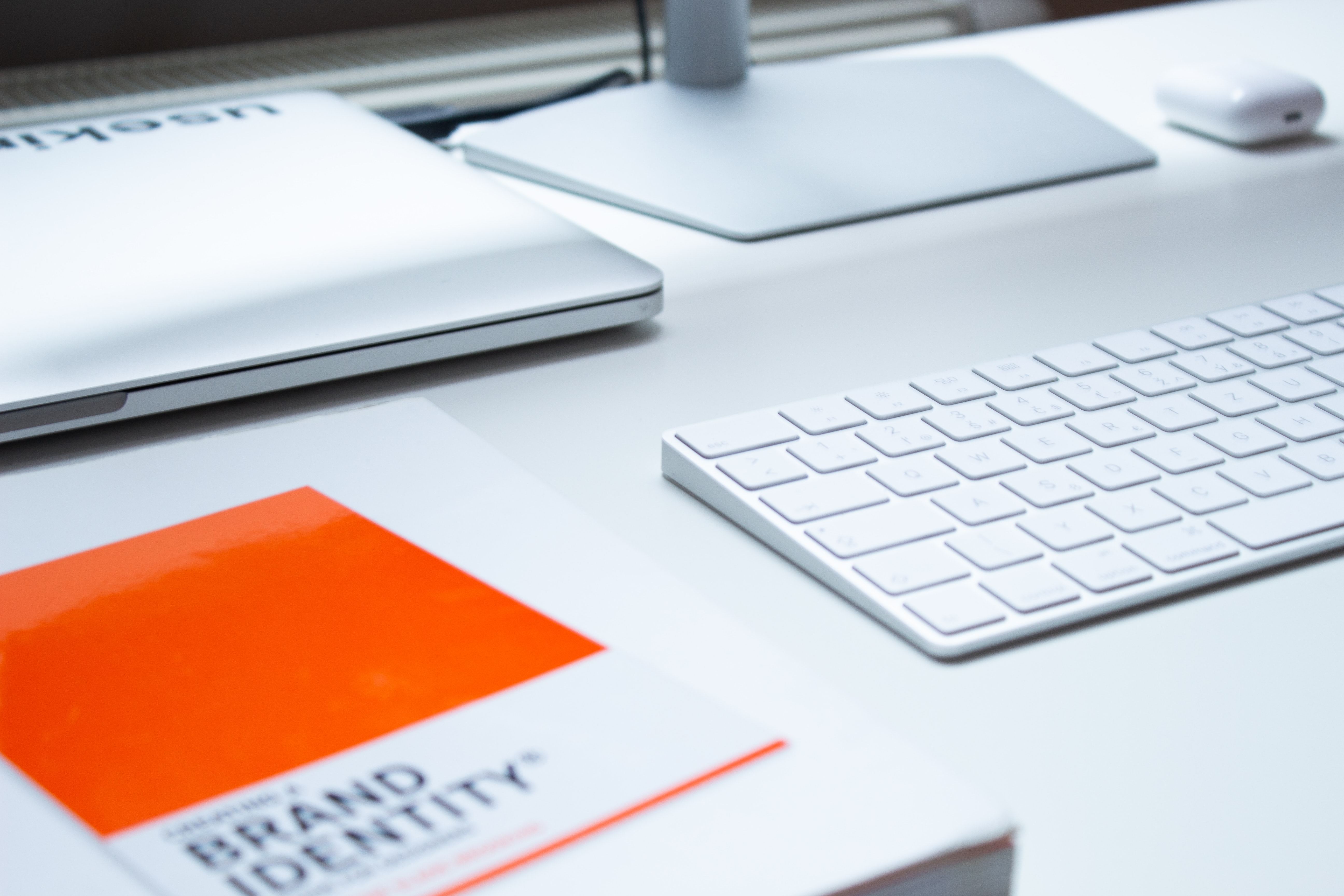
Your personal identity makes you who you are, and your brand identity is what uniquely distinguishes you from other companies. Brand identity is visual – it’s what shapes your company using elements such as design, colour and of course, your logo.
How to develop a strong brand identity
The terms ‘logo’ and ‘brand identity’ are often used interchangeably but in fact to establish your identity, you need to know who you are. Ask yourself these questions:
- What are your goals?
- What are your brand values?
- Does your brand have a personality? Cheeky or serious?
- What is your USP?
- What is your voice?
Exploring each of these elements will help you clarify who you are as a brand and start the ball rolling for building your brand identity. If you are struggling to answer the above, look back at why you started your business – the beginning is a great place to start!
Nail your design
Visualise any of your favourite companies: is there a logo that enters your head? Maybe it’s their website or even just colours you associate with the brand – that’s what you’re going to try to create!
Nail your logo, your packaging, your web design, your social media graphics, your business cards, and the uniforms your employees wear, and they will live rent free in your consumers’ head forever.
To begin, why not explore different fonts…
Typography is just a fancy word for font, but is an important factor in attracting the right customers with three main types to choose from:
- Serif fonts have little shoes on the end of each letter, and are often used in classic typography like ‘Times New Roman.’ This style is formal and classic.
- Sans-serif fonts are a popular choice, like Helvetica. This style is similar to serif fonts without the caps on the end, appearing more modern.
- Script fonts emulate handwriting. Think feminine, cursive letters, perfect to add a homey touch to your product.
Experiment with colour
Behind each colour is psychology. Look into what each colour represents and how that can reflect your company. Different socioeconomic groups value certain colours, but blue is considered the most attractive colour.
To give you an idea of what we’re talking about:
- Red is often associated with passion, danger, and blood
- Purple is related to royalty
- Yellow is bright, youthful, and friendly
- Blue is calming as it’s often associated with the sea and the sky
If you’d like to delve into colour psychology a bit more, check out our colour psychology blog.
Designing your logo
After you’ve decided the typeface and colours you want, it’s time for the logo. If your consumer is going to look for you on the shelves, this is something that they NEED to recognise. Your logo must portray these things:
- Who you are as a brand and your values
- Look clean and clear
- Have a classic design, not something which will date
One of the biggest mistakes a brand can make with their logo is choosing a design which isn’t versatile. You want your design to look fabulous in colour, black and white, in patterns and across all mediums.
Pack it up!
If your product is physical, complete the look with stunning packaging. Much like logo and brand identity, you must take into consideration the colour, typeface and logo, but as a physical product, you must think about so much more than that.
How can you protect your product from damage? How can you attract consumers? How can you make it obvious to your consumers this is the brand for them?
If you would like to design the perfect bespoke box for your customers or need help answering any of these questions, email info@packaging-works.co.uk today.
Back to Blog